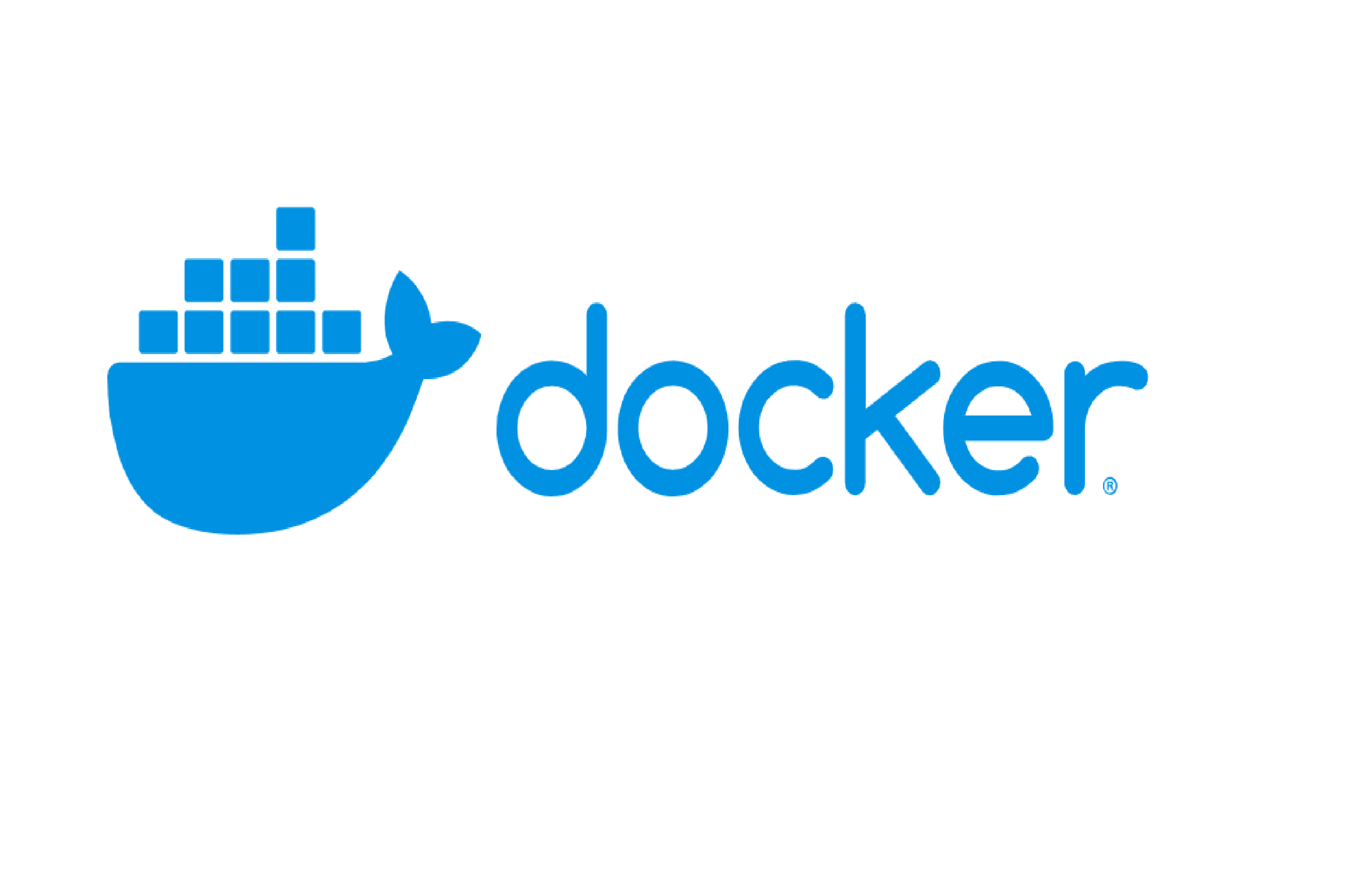

Hunk #2 succeeded at 288 (offset 2 lines). + + sed -n /^diff -git a\/src\/client.c b\/src\/client.c/,$ p start the image docker run -d -name citus -p 5432:5432 -e POSTGRESPASSWORDmypass citusdata/citus:11.3 verify its running, and that Citus is. pkgAcquire::Run (13: Permission denied) A value that starts with specifies that a Unix socket in the abstract namespace should be created (currently supported on Linux and Windows). If set to an empty string, Unix sockets are disabled. Applies to both the listening socket and to server connections.
Pgbouncer docker update#
You need update pgbouncer config with real host/port from ENV provided by -. Default: 6432 unixsocketdir Specifies the location for Unix sockets. How does pgbouncer do this By reusing the connections to the database. This is a minimal PgBouncer image, based on Alpine Linux. Solved-Cant connect pgbouncer and postgres running with docker-docker. The purpose of connection pooling is to make it efficient for applications to connect to Postgres instances.
Pgbouncer docker software#
W: Download is performed unsandboxed as root as file 'pgbouncer_1.12.0-1.pgdg18.04+1.dsc' couldn't be accessed by user '_apt'. What is pgbouncer pgbouncer is connection pooling middleware software between the application servers & Postgres DB instance. Get:3 bionic-pgdg/main pgbouncer 1.12.0-1.pgdg18.04+1 (diff) ĭpkg-source: info: extracting pgbouncer in pgbouncer-1.12.0ĭpkg-source: info: unpacking pgbouncer_1.12.0.ĭpkg-source: info: unpacking pgbouncer_1.12.0-1.pgdg18.04+1.ĭpkg-source: info: applying debian-config

This is yet another docker image with pgbouncer, based on alpine. To retrieve the latest (possibly unreleased) updates to the package. PBGouncer is a popular, small connection pooler for Postgresql. NOTICE: 'pgbouncer' packaging is maintained in the 'Git' version control system at:

build.sh -build-arg COMPRESS=true -tag my_tag. Patroni is a cluster manager used to customize and automate deployment and maintenance of PostgreSQL HA (High Availability) clusters. Following is the the simple steps to reproduce the problem along with the resulting error message. PostgreSQL high availability cluster is comprised of the following components: Docker is a set of platform as a service products that use OS-level virtualization to deliver software in packages called containers.

Images are automatically rebuild on Alpine Linux updates.So, I am failing to build the docker image from the master branch. Release Docker image: Update package version in Dockerfile Build image docker rmi -f prometheus-pgbouncer-exporter &.
Pgbouncer docker install#
There is also a significant startup cost to establish a connection with TLS, hence web applications gain performance by using persistent connections.īy placing PgBouncer in between the web application and the actual PostgreSQL database, the memory and start-up costs are reduced. The following will install the exporter whose entrypoint binary is called pgbouncer-exporter: pip3 install prometheus-pgbouncer-exporter. How does pgbouncer do this By reusing the connections to the database. PostgreSQL connections take up a lot of memory ( about 10MB per connection). pgbouncer is connection pooling middleware software between the application servers & Postgres DB instance. /etc/pgbouncer/pgbouncer.ini and /etc/pbbouncer/userlist.txt are auto-created if they don't exist.Includes PostgreSQL client tools such as psql, pg_isready.Uses standard Postgres port 5432, to work transparently for applications.Configurable using environment variables.This is a minimal PgBouncer image, based on Alpine Linux.


 0 kommentar(er)
0 kommentar(er)
